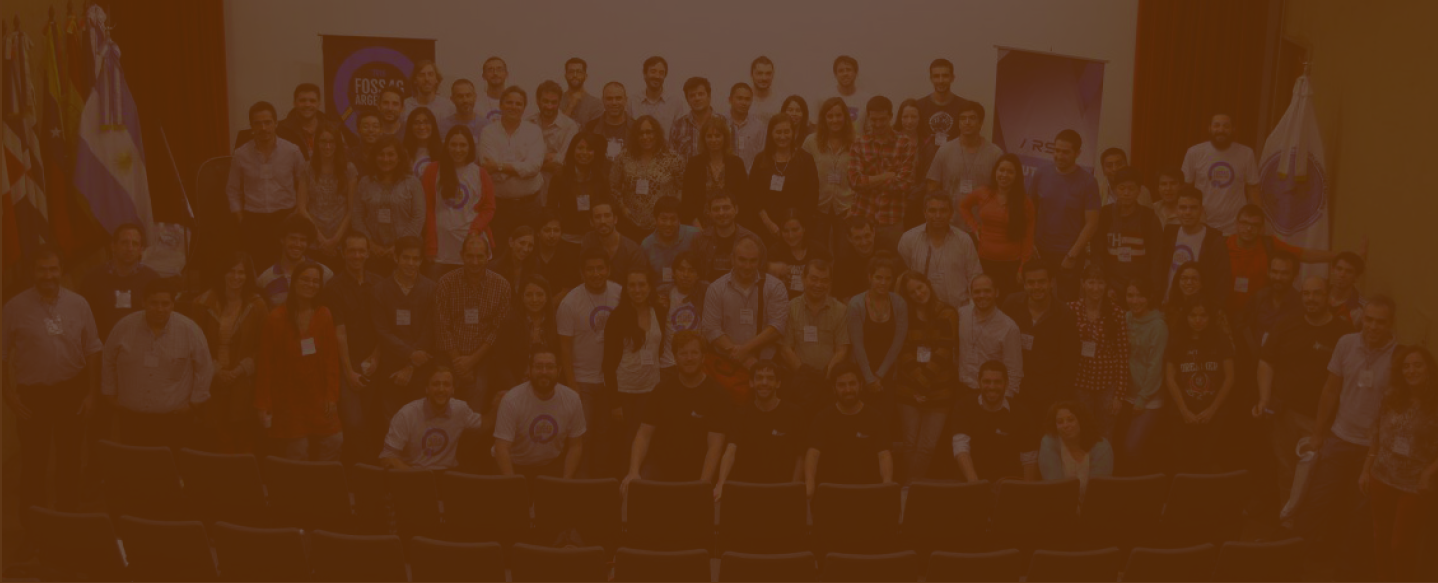2021-09-29, 11:00–11:30, Puerto Madryn
CORONA is the code name for the first optical reconnaissance satellite mission of the United States (1960-1972). The goal of the mission was to produce high-resolution analog photos of most of the Earth’s surface, especially of political hot spots and military locations. Due to the regular recordings, large areas could be continuously monitored and evaluated for the Department of Defense. Until 1995, more than 800,000 photos remained secret and were then made publicly available by the US Geological Survey on the order of President Bill Clinton. The high-resolution CORONA photos (2 m to 60 cm pixel resolution) are available as scans for a fee from the USGS and represent a unique source of information for science, archaeology and other disciplines. Since the camera systems of the CORONA satellites have a special panoramic distortion, common linear methods cannot be used for the orthorectification of the scans. mundialis has developed an innovative free and open source technology to rectify these unreferenced scans of CORONA photos to current map references and published it in GRASS GIS 7.9. This photogrammetric solution models the CORONA camera mathematically and thus enables a precise referencing of the CORONA data. In many parts of the world, the CORONA scenes have preserved images of a landscape that predates the most intrusive infrastructural and land-use projects of modern times. Traditional architecture, agricultural patterns and settlement systems can be observed in great clarity on CORONA imagery. This makes CORONA a precious resource in fields such as archaeological and historical geography.
See also the mundialis blog for an imagery example.
More information the use of CORONA data for archaeological purposes can be found here.
Technical aspects of orthorectification of CORONA scenes are covered in:
-
Casana J., Cothren J. (2013) The CORONA Atlas Project: Orthorectification of CORONA Satellite Imagery and Regional-Scale Archaeological Exploration in the Near East. In: Mapping Archaeological Landscapes from Space. SpringerBriefs in Archaeology, vol 5. Springer, New York, NY. https://doi.org/10.1007/978-1-4614-6074-9_4
-
Sohn, H. G., Kim, G. I. H., & Yom, J. H. (2004). Mathematical modelling of historical reconnaissance CORONA KH-4B imagery. Photogrammetric Record, 19(105), 51-66. https://doi.org/10.1046/j.0031-868X.2003.00257.x
Riembauer, Guido (1), Metz, Markus (1), Neteler, Markus (1), Haas, Julia (1)
(1) mundialis GmbH & Co. KG, Bonn, Germany (https://www.mundialis.de/)
Track –Use cases & applications
Topic –Sensors, remote sensing, laser-scanning, structure from motion
Level –1 - Principiants. No required specific knowledge is needed.
Language of the Presentation –English
Markus Neteler is co-founder of mundialis in Bonn (https://www.mundialis.de/). His main interests are Earth observation, geospatial analysis of massive amounts of data and development of free and open GIS, especially GRASS GIS.
Guido studied Geoinformation and Visualisation at University of Potsdam and worked as a trainee for ESA’s Earth Observation Programme before joining mundialis in 2020. He is a developer and data analyst at mundialis and has specialized in (radar) remote sensing.
Julia studied Geography at the University of Bonn. In her master thesis she specialized in land cover classification from remotely sensed time series. She joined mundialis in 2021 as data analyst and developer.

